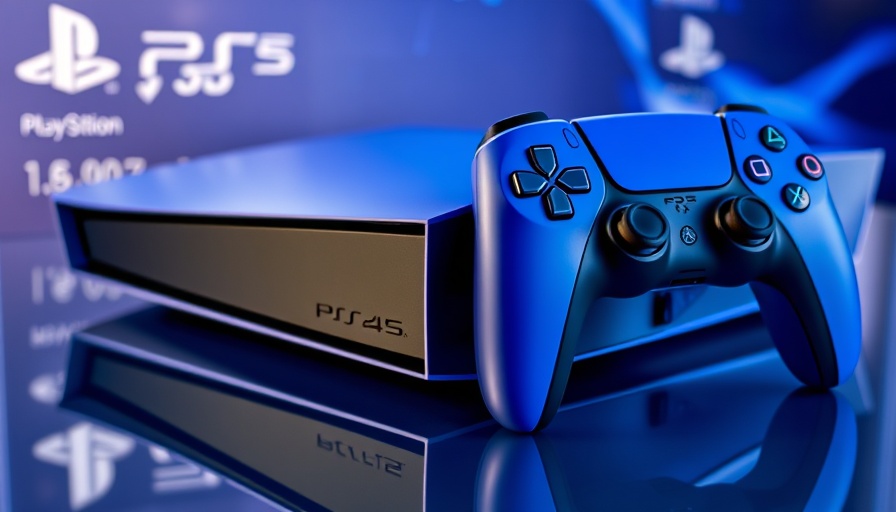
Revolutionizing Campus Connectivity: A Necessity for Modern Education
In today's learning environments, from K–12 schools to expansive universities, educators are facing increased expectations to provide seamless connectivity to students and faculty alike. As digital devices proliferate within classrooms, the challenge of maintaining robust, dependable Wi-Fi across various high-density regions becomes clearer. The quest for solid connectivity is not merely a technical hurdle; it impacts the entire educational experience, enabling interactive learning and fostering collaboration.
Understanding Campus Wi-Fi Challenges
According to a recent white paper by Ookla, the major challenges in maintaining effective Wi-Fi connectivity on campuses can include network congestion, limited bandwidth, and interference from physical barriers and numerous devices. Such challenges necessitate innovative solutions tailored to fit the unique demands of educational environments where hundreds or even thousands of devices might connect simultaneously.
Innovative Strategies for Optimizing Connectivity
One of the foundational strategies to tackle these issues is through the implementation of specialized software such as Ekahau. This powerful tool allows educators and IT staff to design, validate, and troubleshoot Wi-Fi networks intelligently. The benefits of using Ekahau for planning campus networks include accurate mapping of signal strength, identifying dead zones, and effectively managing bandwidth allocations. Adopting these technologies not only helps maximize performance but also ensures that students and educators experience consistent connectivity.
Real-World Implementation: Success Stories
Several educational institutions have successfully transformed their connectivity challenges into triumphs by investing in their network infrastructures. For instance, a mid-sized university deployed enhancements based on feedback from both students and faculty, leading to observable improvements in online course participation and overall satisfaction. Such examples underscore the necessity of prioritizing connectivity within education, particularly as hybrid learning models become increasingly common.
The Value of Optimized Wi-Fi: Setting Educational Standards
Instituting strong Wi-Fi is not merely about technology; it's about setting educational standards for success. The integration of reliable internet access allows educators to harness various digital tools that can enhance their teaching methodologies, which in turn enrich the student learning experience. Investments in powerful Wi-Fi solutions equate to investments in students’ futures.
Practical Takeaways for Schools and Universities
To put this information into action, schools and universities must evaluate their existing network strategies and consider implementing solutions like Ekahau. The approach to achieving optimal connectivity involves understanding the specific needs of various departments, designing tailored solutions, and instilling a culture of continuous learning and improvement regarding educational technology.
Conclusion: A Call to Action for Educational Institutions
The shift towards fully reliable campus connectivity cannot be ignored. As we dive deeper into an increasingly digital age, it becomes crucial for educational institutions to adopt practical strategies that revolve around optimizing their Wi-Fi infrastructures. Embracing these technologies not only elevates the educational experience but also prepares institutions for the future of learning.
For detailed insights and proven strategies to improve performance across your entire campus, downloading the complete white paper is highly recommended. You can explore more about how to solve complex wireless challenges today!
 Add Row
Add Row  Add
Add 




Write A Comment